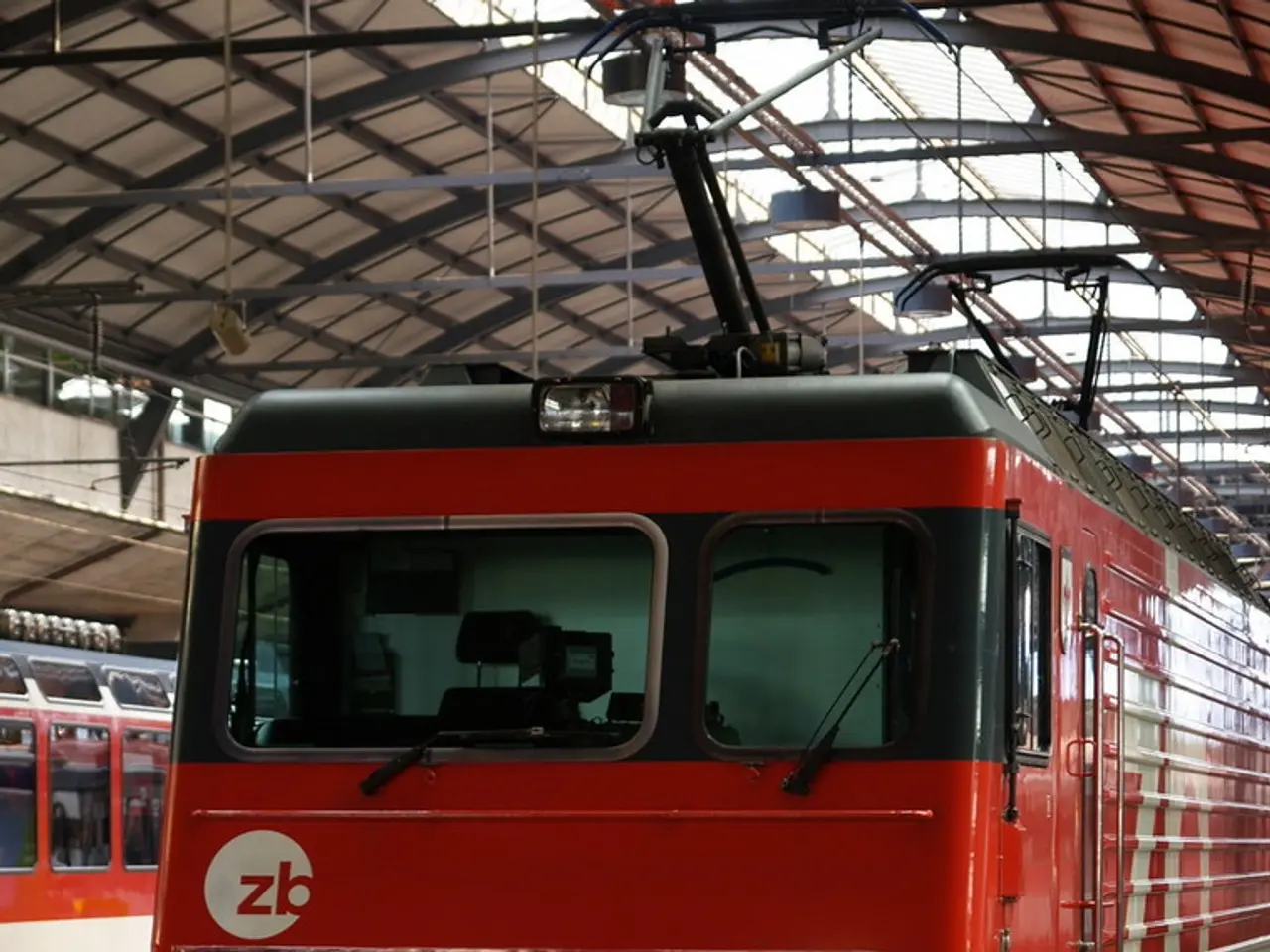Halted the operational royal train from service. - Diverting the royal train off its course
King Charles III has announced the retirement of the Royal Train, a historic symbol of royal travel in the United Kingdom, after more than a century of service. The decision, part of a broader modernization effort, reflects the King's commitment to fiscal discipline, cost-efficiency, and environmental responsibility within the Royal Household.
The Royal Train, a nine-carriage vehicle equipped with offices, sleeping quarters, and dining areas, has been a luxurious and private means of travel for monarchs and senior royals, allowing them to work and rest comfortably while on the move. However, its annual running costs, estimated at around £1 million, have become difficult to justify given its limited use under King Charles III, who reportedly used it only once or twice a year.
The train, which was due to be decommissioned by 2027 when its current maintenance contract expires, will now be retired sooner as part of a thorough review assessing its use and value for money. The retirement of the Royal Train symbolizes a shift in monarchy operations towards fiscal discipline and environmental considerations.
Advances in transport technology and changing needs have led the Royal Household to favor more flexible and efficient modes of transportation. Two new helicopters are expected to become the preferred method for royal travel, offering greater efficiency and lower costs. This change in travel methods was exemplified by Prince William and his wife Kate, who were recently seen commuting on a regular public train.
The last major journey of the Royal Train was in June 2018, when Queen Elizabeth II and the Duchess of Sussex travelled together to Cheshire. The images of the two on the Royal Train went around the world, symbolizing the train's prestige as a "palace on wheels." However, Queen Elizabeth saved the Royal Train from the scrapyard in 2017, investing in its refurbishment to ensure its continued service.
The retirement of the Royal Train also marks a new era for the Royal Household's financial management. The Sovereign Grant, which provides funding for the monarchy, remains unchanged for the fourth consecutive year at around 99 million euros. Of this amount, 40 million euros is allocated for the renovation of Buckingham Palace.
King Charles III's decision to retire the Royal Train reflects his pragmatic approach to his reign, prioritizing cost-effectiveness and environmental responsibility over tradition. As the Royal Train bids farewell, it leaves behind a legacy of royal travel that will be remembered for its historical prestige and comfort. The new era of royal mobility is set to be defined by efficiency, modernization, and sustainability.
I'm not going to be able to experience the luxury and history of the Royal Train, as it is retiring sooner due to financial and environmental considerations. This shift in monarchy operations towards a more cost-efficient and sustainable future indicates a new era in the finance and industry sector, with the focus on modern transportation methods.




